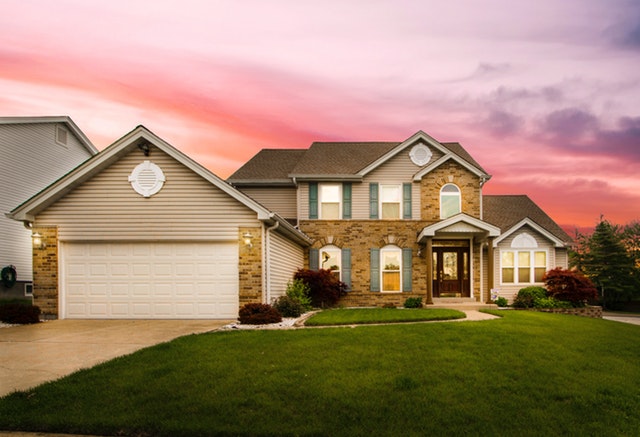If you’re looking to make your home eco-friendlier or you want to take your bills down a notch, looking at your power expenditure is a good start. There are quite a few ways to make your home more energy-efficient and cut down on the power bill, as long as you know what to pay attention to. Here are some great examples.
Table of Contents
1. Appropriate Lighting
Lighting is a crucial element of every home. You need to keep those nightly gatherings well-lit if you want people to avoid bumping into things. It’s not uncommon for your home’s lights to stay on for hours and hours, using precious energy, but they are a necessity for your home’s interior.
However, not all lighting is created equal. Lightbulb technology has improved quite a bit over the past few years, giving consumers much more variety in terms of electrical efficiency and luminosity. The difference between the most wasteful and most conservative lightbulb is enormous, which means there are a lot of options to choose from.
LED lights are becoming increasingly popular for eco-friendly homes. Not only do they use incredibly small amounts of energy compared to incandescent bulbs, but they also last a lot longer. Replacing old and inefficient lights with LEDs would cut your energy spending by a significant margin
2. Better Appliances
Everyone knows that a lot of older technology was made to last. That’s why your grandmother’s refrigerator has been holding on for fifty years while you find yourself replacing yours every five or so. However, just because something lasts longer doesn’t mean that it’s going to be efficient when it comes to how much power it uses.
While longevity might have taken a step backwards for a lot of new home appliances, efficiency hasn’t. You can be sure that anything new you purchase is going to have a much more efficient battery or generator to power it. Better yet, nowadays you have tons of brands that focus on giving consumers the eco-friendliest and most energy-efficient appliances possible. Replacing your old machines might cost you a bit of money upfront, but it’s going to save power in the long run.
3. Reduced Energy Vampirism
Even when turned off, many appliances and electronics drain a certain amount of energy. This energy is used to power some less-than-essential features like the little lights that you see when they’re on standby. Even if they don’t use a lot of power, this tiny bit of wastage adds up over time. It’s a constant expenditure that has an impact on your power bill.
It would be tedious to unplug every single electronic device in your home every time you decide to go to bed. Instead, you should consider using extension cables with on and off switches. This way, you can turn off a bunch of devices with the press of a button, making it a lot more convenient to save power.
4. Solar Panels
What better way to save power than to generate it on your own? Solar power is becoming an increasingly popular way for homeowners to save on their power bill. Solar panels might seem like a costly and complex installation, but they’re an investment that pays off.
Installing solar panels on your home is a lot easier than it once was. All you need is a roof that can support panels and a place to set up your generator. Professional installation services can take care of everything else. The panels themselves don’t require any maintenance, save for the occasional spray with a garden hose. You get to sit back, relax, and let them generate power for your home.
5. Proper Home Insulation
Proper insulation keeps your home at the temperature that you desire. When those cold winter months roll around, heating will become a big part of your monthly expenses. If your home doesn’t retain that heat, you’re going to spend a lot more energy trying to keep it at a comfortable temperature.
The most common weak points in home insulation are the windows and doors. If closing your door doesn’t create a proper seal, your entryway will slowly lose heat throughout the day. Consider installing some high-quality energy efficient windows to replace your old ones. Newer windows are often double or triple glazed, which makes them even better at preventing heat leakage. There are layers of air between the glass panes, which act as powerful insulators and provide strong protection.
6. Programmable Thermostat
A regular thermostat doesn’t give you a lot of control over the temperature of your home. You get to pick one temperature and stick to it while you’re at home.
When nobody is at home, you don’t want your thermostat to waste energy, which is why you turn it off. However, this means that you’ll be greeted with a cold house when you come back. A programmable thermostat would account for any and all changes in temperature that you prefer, making it a lot easier to time when to turn it on and when to keep it off.
Conclusion
Keeping your home energy efficient is a great way to save both the environment and your wallet. Consider some of these changes for your home and you can be sure that your energy expenditure will drop and you’ll have a much easier time managing your home’s power.
———————————————————————————-
Bio: Patrick Adams is a freelance writer and rock-blues fan. When he is not writing about home improvement, he loves to play chess, watch basketball, and play his guitar. More than anything, he loves to spend his time in his garage, repairing appliances and creating stuff from wood.

